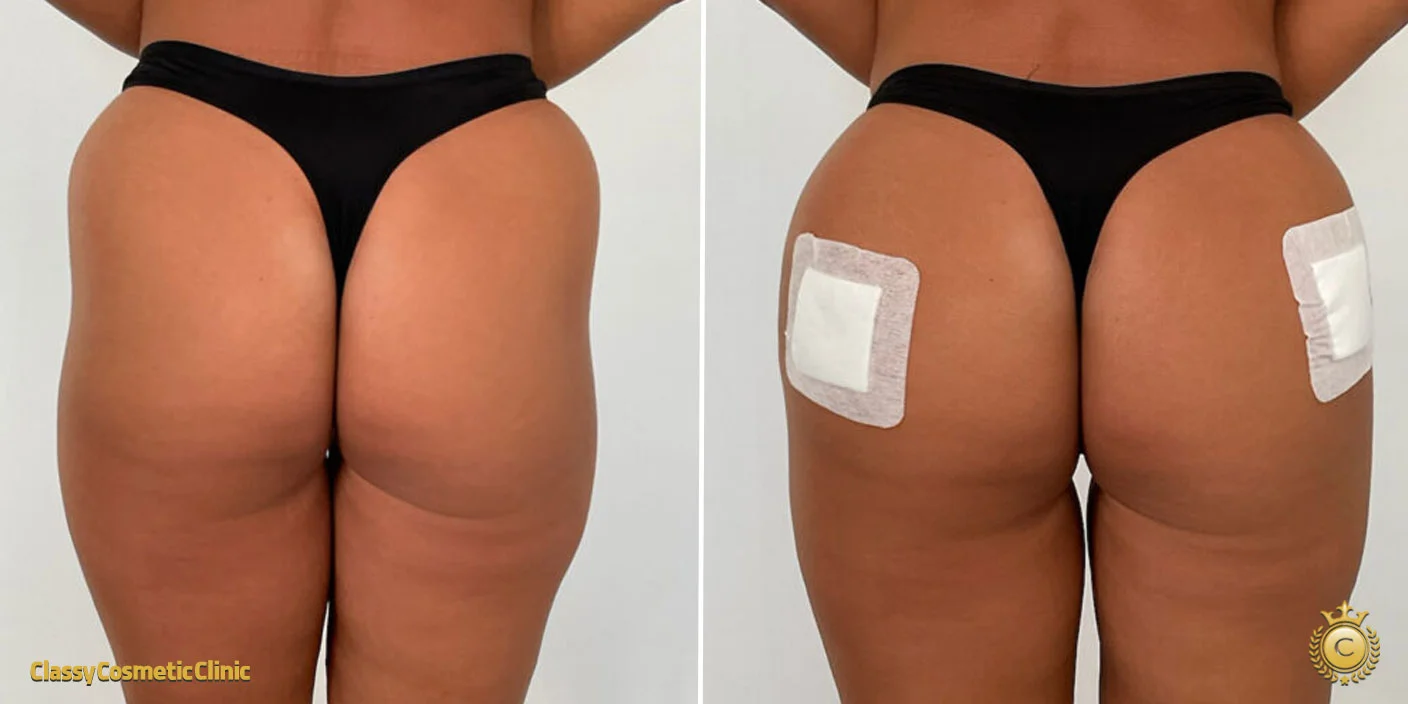
Most fillers aren’t permanent—but some stay longer than expected
Butt fillers don’t last forever. Most use hyaluronic acid or collagen-stimulating substances. The body absorbs them gradually. The timeline depends on the type used, how much is injected, and how your body responds.
Hyaluronic acid fillers like Hyacorp or Genefill may last 12 to 24 months. Others, like Sculptra, stimulate collagen and can hold results up to two years—or longer. But they all fade. Slowly. Quietly. Layer by layer.
The change doesn’t vanish overnight. But it won’t stay untouched either. That’s the nature of temporary volume—it leaves when the body’s ready, not when the calendar says so.
The type of filler changes everything
Hyaluronic acid offers immediate volume. You see the shape right away. But it’s heavy—and the body breaks it down faster in areas that move more, like the buttocks. It’s often used for patients who want quick improvement without waiting for collagen buildup.
Sculptra works differently. It doesn’t give instant volume. It builds gradually by triggering collagen. Results appear over weeks, not days. What you gain feels more natural. More like your own tissue. The look may be softer, but also longer-lasting.
That’s why some patients prefer one over the other. It depends on your goals—and your patience. One gives you a photo-ready shape. The other builds something that belongs to your body over time.
Lifestyle affects how long they last
If you work out intensely, especially with glute training, fillers may break down faster. High-impact movements, compression from sitting, and repeated tension in the gluteal muscles can accelerate the fading.
Even sleep position matters. So does weight fluctuation. So does hydration. The body processes everything uniquely. A fast metabolism may shorten the life of the filler. Stress can influence collagen loss. Hormonal shifts may also play a role.
You can’t predict perfectly. But you can support the results by knowing what affects them. Taking care of your body is part of taking care of your results.
Touch-ups help maintain shape
Many patients return for small maintenance sessions. Not full treatments—just top-ups. A bit more volume. A bit more shape. Done once or twice a year to preserve the lift and curve.
Without touch-ups, results fade more noticeably. Especially in leaner bodies. Or those with fast metabolisms. Touch-ups aren’t failure—they’re strategy. They let you refine, adjust, and maintain your silhouette without starting over.
Long-term shape often comes from layering, not one session. A single appointment plants the seed—but time and care let it grow.
Collagen-stimulating fillers evolve over time
Sculptra doesn’t act immediately. You may feel disappointed the first week. But over months, collagen builds beneath the surface. That tissue lasts longer. It holds structure. It feels like you.
But the process takes trust. And time. And sometimes, multiple rounds. The investment isn’t just money—it’s waiting. And believing in what the skin can create with help. Collagen isn’t sculpted—it’s coached into place.
What fades isn’t always lost—it’s reshaped underneath. The architecture of the body changes slowly, but the framework can last far longer than expected.
Risks can impact longevity
Complications change the timeline. If there’s lumpiness. Asymmetry. Infection. Or filler migration—results may not last as long. Or need dissolving. Or correction.
That’s why choosing a skilled provider matters. Not just for safety—but for durability. Good technique helps filler integrate. Poor placement shortens its life. Experience minimizes surprises.
A long-lasting result begins with a steady, thoughtful hand. Fewer sessions with better planning almost always outlast rushed volume.
Some results never fully go away
Even when fillers dissolve, some tissue changes linger. Slight lift. Slight fullness. Especially with collagen-building injectables. The body adapts to what it was holding. Sometimes, it holds the shape longer than expected.
It’s not dramatic. But it’s noticeable to you. That shadow. That curve. It’s memory written into skin. Soft muscle. Quiet shape. A reminder of what was added—and what stayed.
Fading doesn’t always mean starting over—it can mean starting smaller. With less effort. Less product. Less cost.
Results last longer in the right skin
Age matters. So does elasticity. So does firmness. Younger skin often holds shape better. Older skin may need more filler. Or more frequent visits.
Sun exposure breaks down collagen. Smoking does too. So do extreme diets. Fillers live in the skin you give them. The healthier that skin is, the longer they stay.
Every detail adds up. Your habits don’t just affect your health—they decide how long your results last.
The cost of longevity isn’t always financial
Each visit adds expense. But the real cost is consistency. Planning ahead. Making room for maintenance. Having honest conversations about expectations.
Filler isn’t forever. But it can feel like it if you’re not prepared for what comes next. Regret doesn’t come from fading—it comes from not knowing fading would happen.
That’s why education is part of the procedure—even if it happens before the injection.
Longevity matters—but so does satisfaction
Some want results to last years. Others prefer the option to change. To reassess. To reshape. That’s the benefit of non-permanence. It invites choice. It gives room to grow into what you want next.
But if you expect permanent change from a temporary filler, disappointment follows. Managing that expectation is as important as managing results. No product replaces knowing what you actually want from your body.
How long they last matters. But how you feel while they last—that matters more. Because the real lift comes not from volume, but from how you see yourself after.
